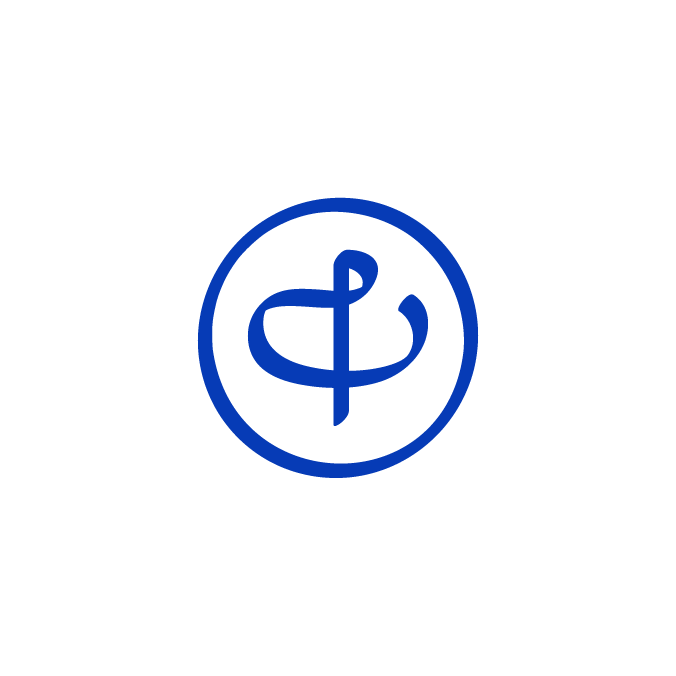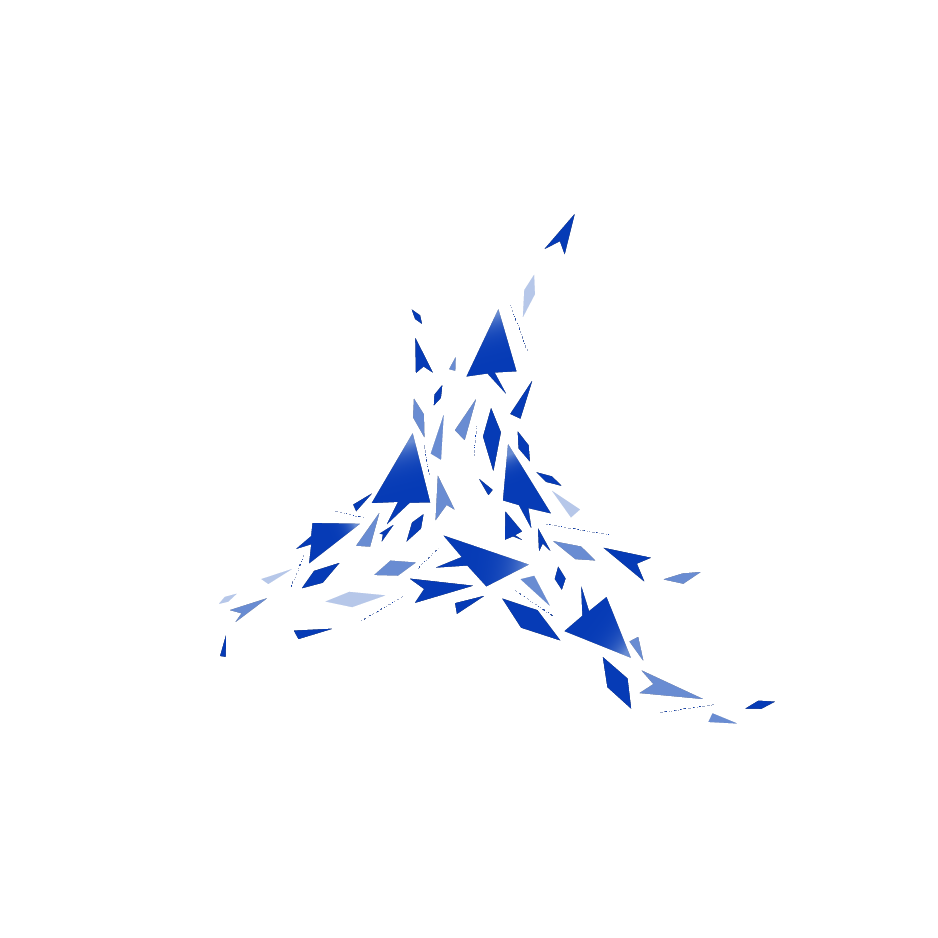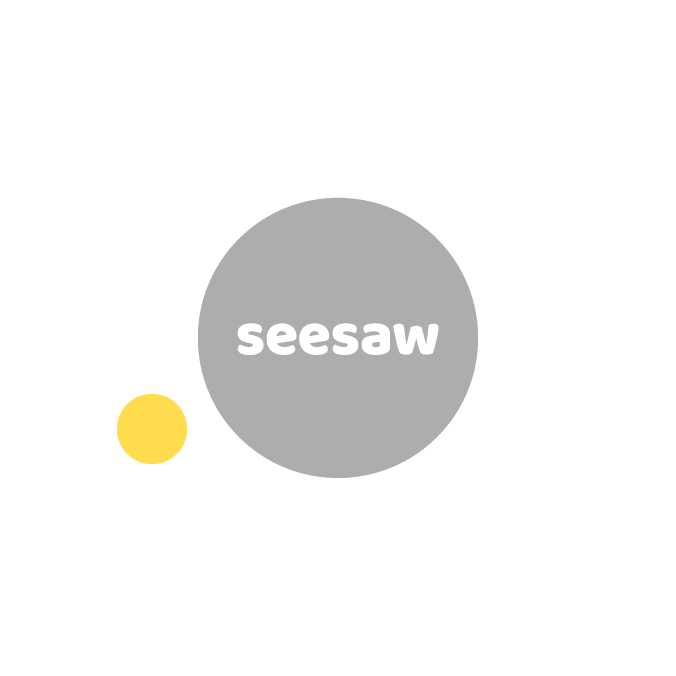Overview
The 2020-21 Annual Report for the National Centre for Biological Sciences (NCBS), features essays by research scholars, detailed accounts of various campus activities, and other news from NCBS’ administrative department.
The design focuses on their continued response to the pandemic. This year’s report is a Thank You Note to everyone on campus who have been working tirelessly to keep the campus safe and fully functioning during the two years of the pandemic.
The cover features the names of all non-teaching staff and volunteers at the campus who were involved in this endeavour.
Client
Sector
Research & Education
Areas
Editorial Design
Design System
Art Direction
Illustration
End-to-end Project Management
period
October – December 2021
release
January 2022
view work
key collaborators
Leeza John (Illustration)
Harish Chandani (Design Support)
Premise
The NCBS Annual Report 2019-20 was a reminder of how resilient the campus was through the first pandemic year. This second year was no different. However, in order for it to continue functioning in that manner, it needed the assistance of several people who toiled tirelessly to keep the campus running. In an effort to recognise their effort, this year’s theme is the People Behind the Scenes. The theme aims to recognise the work done by different teams and individuals and their contribution towards keeping the campus safe and functioning smoothly during the pandemic.
Solution
The design addressed this in two ways. As a change from the predominantly illustration-based Annual Report covers that we have had so far, this was a good opportunity to create a typographic one. We decided to treat the report as a Thank You Note to all the people who helped along the way. Typically, we would have created a visual articulating this idea. Instead, we decided that everyone needs to know the actual people behind the scenes.
Concept
The concept was inspired by wall message installations that are created to bring communities together to recognise the work of a group or an individual.
For example, the mural of Marcus Rashford (where people posted messages in support of the footballer after the racist attacks on him and other footballers in the UK), the community-focused murals like Hope (Project22), and the Gratitude Wall (Dana Ramler).
Examples of community-focused murals
Visual Style
On the cover are the names of 483 persons, covering staff from various departments – Academic Office, Accounts, Administration,, Architecture, Civil Maintenance, Dean’s Office, Dispatch, Dolna Creche, Electrical, Front Office, Grants, Guest House, Hospitality, Housekeeping, HVAC, Instrumentation, IT, Lab Support, Landscape and Horticulture, Library, Mechanical Workshop, Meetings Office, Purchase, QA and QC, Security Services, Stores, Support Staff at COVID Facility, Support Staff at Medical Facility, Research Facilities, Water Supply, and Communications.
We selected the wavy pattern as a subtle nod to the ripples that they make through their work. This visual style was inspired by the emotive typographic treatments employed by the Dadaist in the 1920s.
An extension of this idea was to create a similar Gratitude Wall in campus, where people could personally thank others. (This unfortunately could not be accomplished.)
Examples of Dadaist typography
Illustrations
It was not enough to just mention names on the cover. The report also has a section called the People Behind the Scenes, with illustrations that highlight the work done by each department on campus – Hospitality, Administration and Academics, Health and Safety, Tech Services, and Campus Volunteers.
Here, each department was also asked to nominate one person or a team that made an outstanding contribution to their work. I worked with the talented illustrator, Leeza John, to bring these illustrations to life.
Typography
The key typeface used is Griffith Gothic Condensed, designed by Tobias Frere-Jones of Frere-Jones Type. It is supported by Source Sans Pro designed by Paul D. Hunt.
Section Separators
These spreads acted as section separators, and they featured photographs by students and faculty, mostly taken during their field trips.
Graphic Device
The wave-life form continues to take various forms inside the report. It is used for text, information graphics and as divider lines.




















